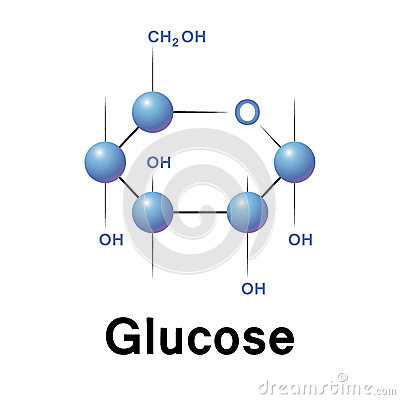BILINGUISMO
Nombre: Ana Milena Angulo
BIBLIOGRAFIA
A. Hernández. Sistemas energéticos. Consultado el 05 de Marzo de 2016. Disponible en: http://www.i-natacion.com/articulos/fisiologia/sistemas.html
Prof. Gerardo A. Araya Vargas. Actividad física, ejercicio y deporte. Consultado el 05 de Marzo de 2016. Disponible en: http://www.edufi.ucr.ac.cr/pdf/trans/Actividad%20f%EDsica,%20ejercicio%20y%20deporte.pdf Introducción al tejido muscular. Consultado el 05 de Marzo de 2016. Disponible en: http://wzar.unizar.es/acad/histologia/textos/TemasHistologia_I/1_5_TejidoMuscular.pdf
Strength
Power of muscle contraction as a result of a single maximum effort, in a given movement

Sport
Sports are physical activities that can be performed voluntarily by recreational and competitive purposes

Metabolism
Enzymatically catalyzed set of chemical reactions that take place in the cell

Glycolysis
Acetyl CoA formation, from pyruvate, fatty acids and amino acids. In the conversion of pyruvate to acetyl CoA and two

Glycogen
Storage form of glucose mobilized easily. regulate blood glucose level

Glucosa
It is the most abundant monosaccharide in nature. As in its metabolism does not release hydrogen ions

Fatigue
Degeneration process of a material under cyclic loads of values below those that would be capable

Exercise
Exercise is considered as a tax stress to the body, whereby this responds with an adaptation syndrome

Adenosine Triphosphate (ATP)
Is required by all living things, play a critical role and performs different functions in cellular metabolism as a unit of nucleic acids

Agility
Ability to perform effective and rapid movements.

Anabolism
Is the construction phase of metabolism, in which the synthesis of molecular cell components such as nucleic acids

Anaerobic Lactic System
Generation ATP through anaerobic glycolysis. This metabolic pathway provides maximum energy to 20-35 seconds of high intensity exercise

Aerobic System
Oxidative metabolism of acetyl-CoA. The aerobic system participates as an energy source predominantly around 2 minutes of exercise

Anaerobic System alactic
It is called alactic because it has no accumulation of lactic acid

Catabolism
Is the degradative phase of metabolism, in which relatively large complex organic

